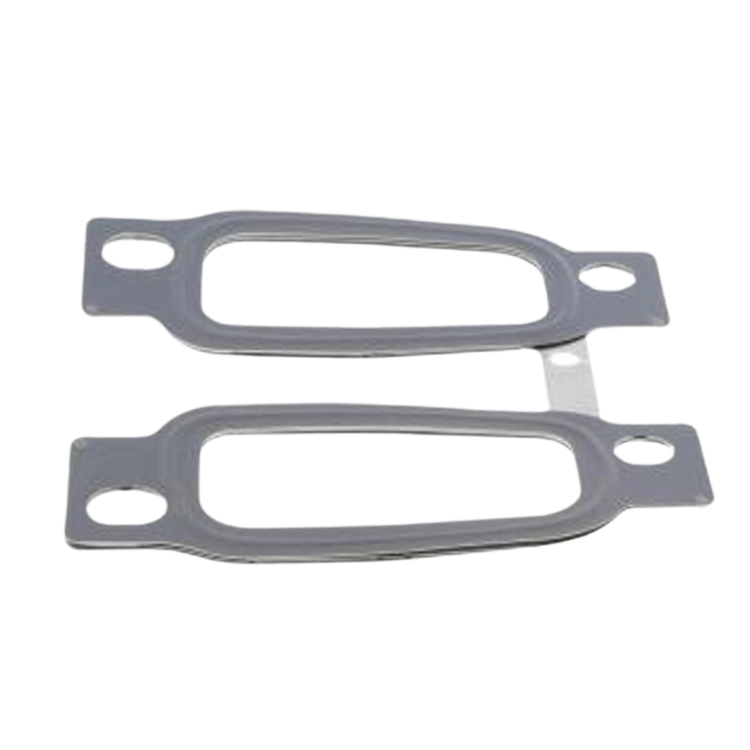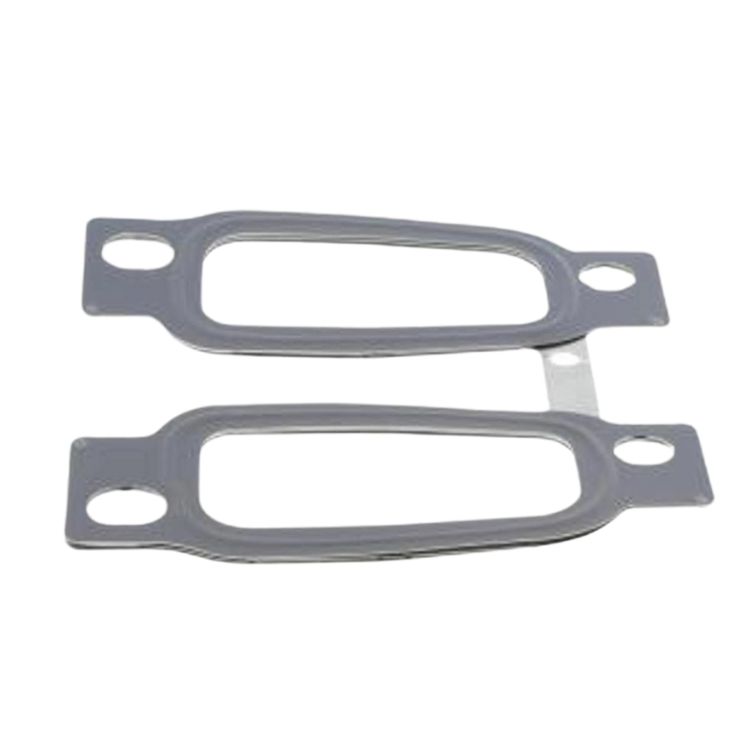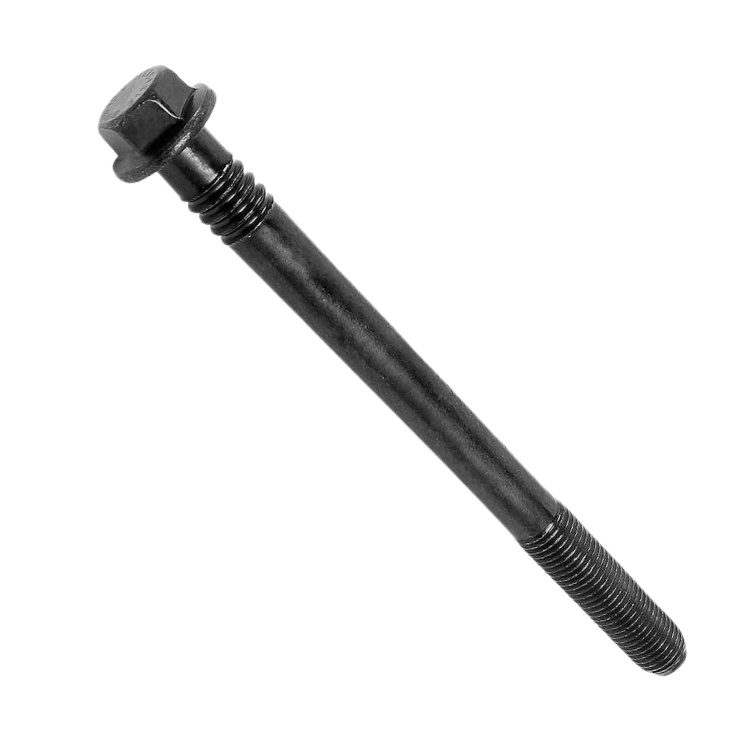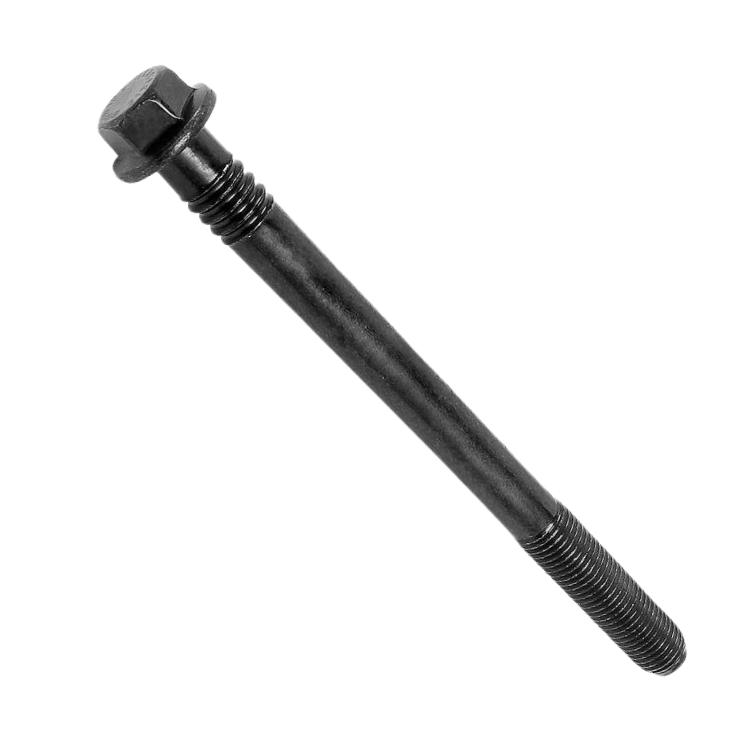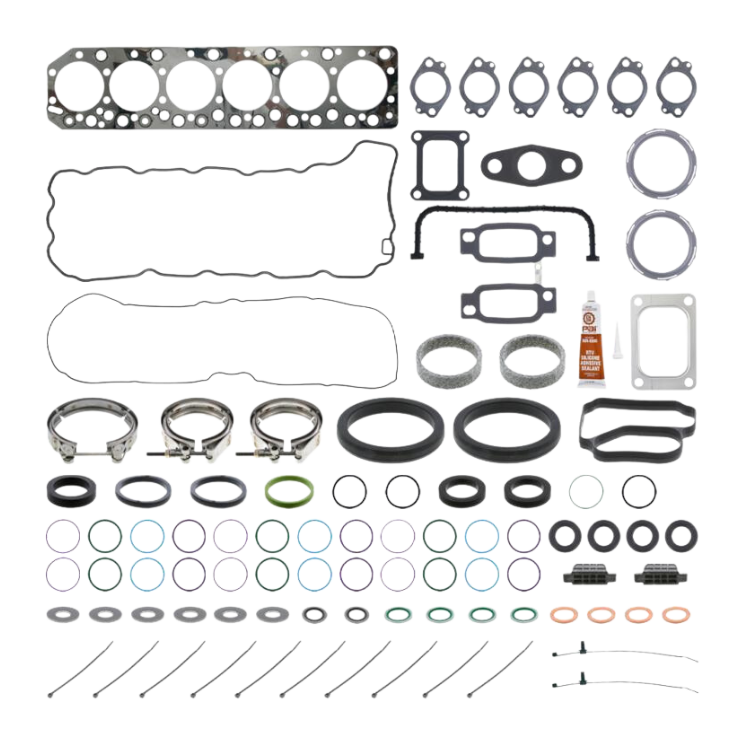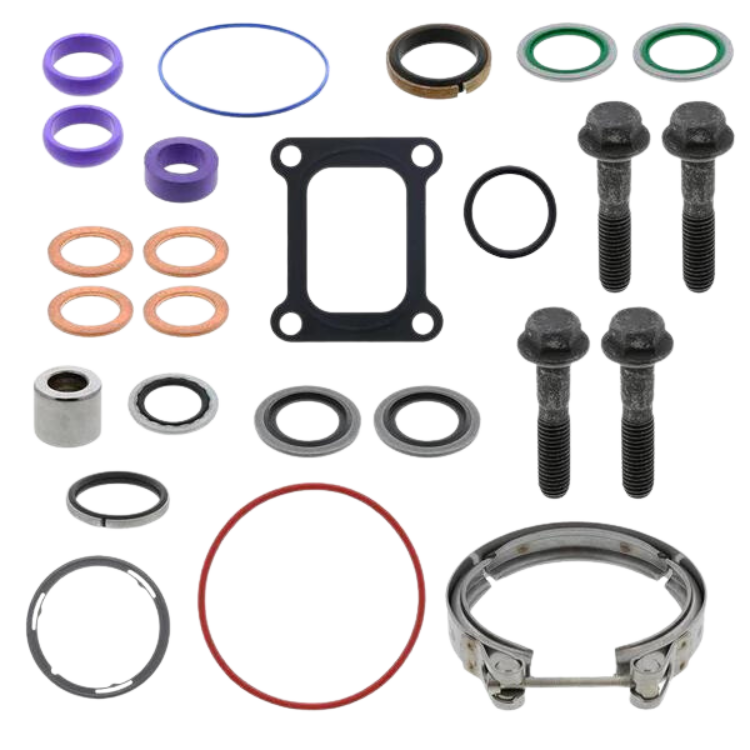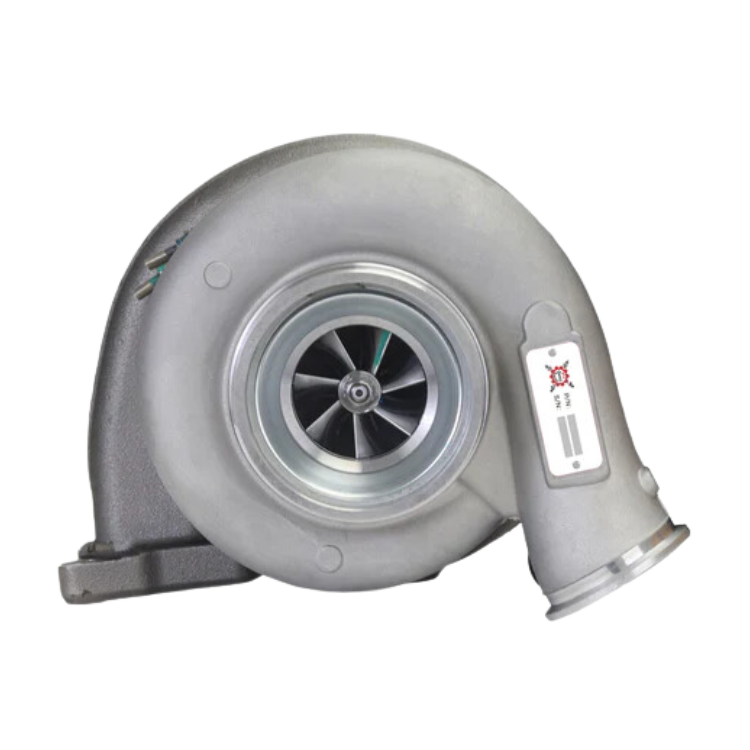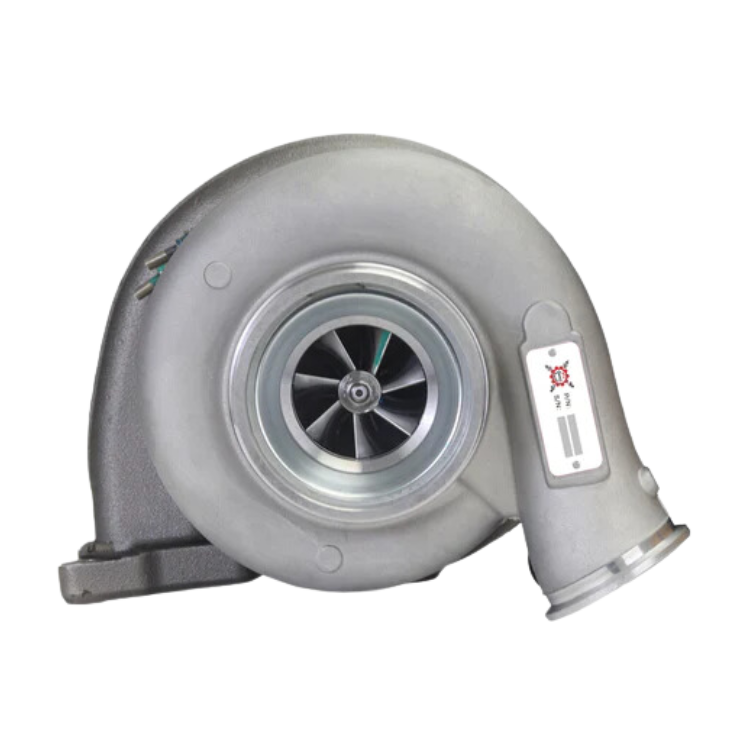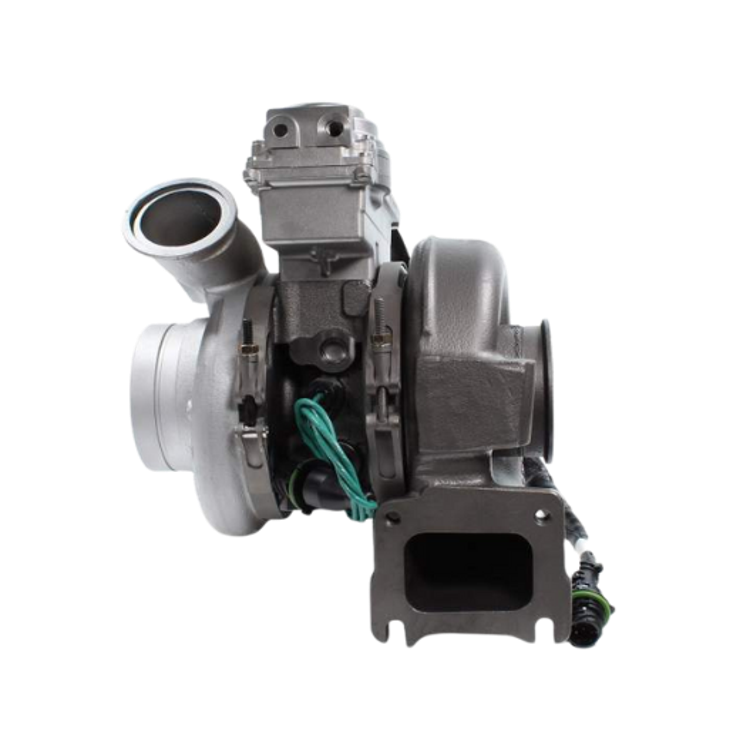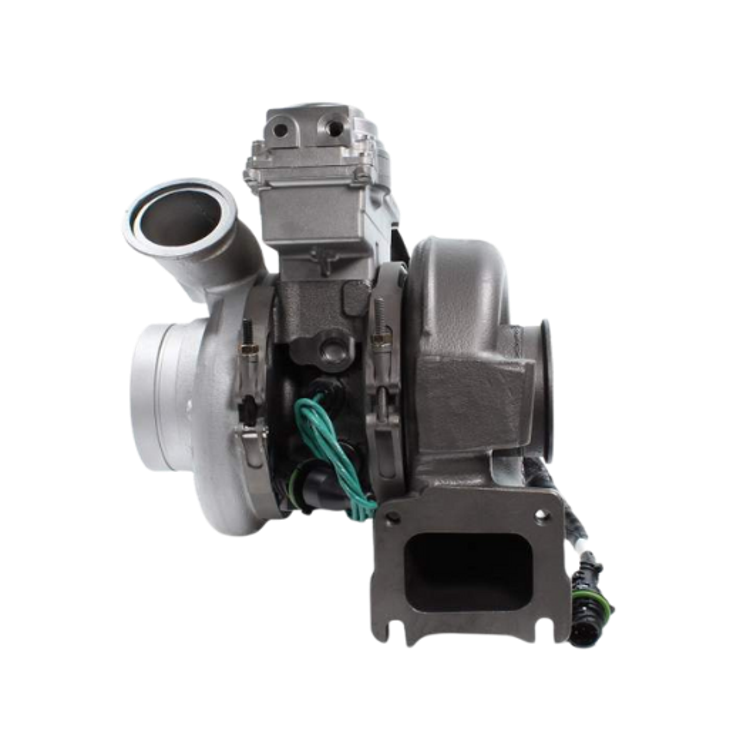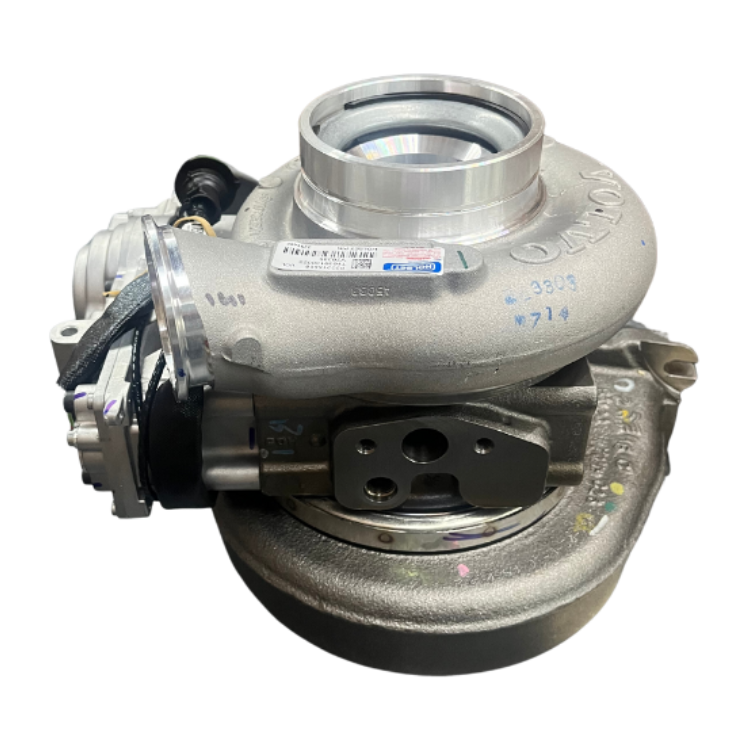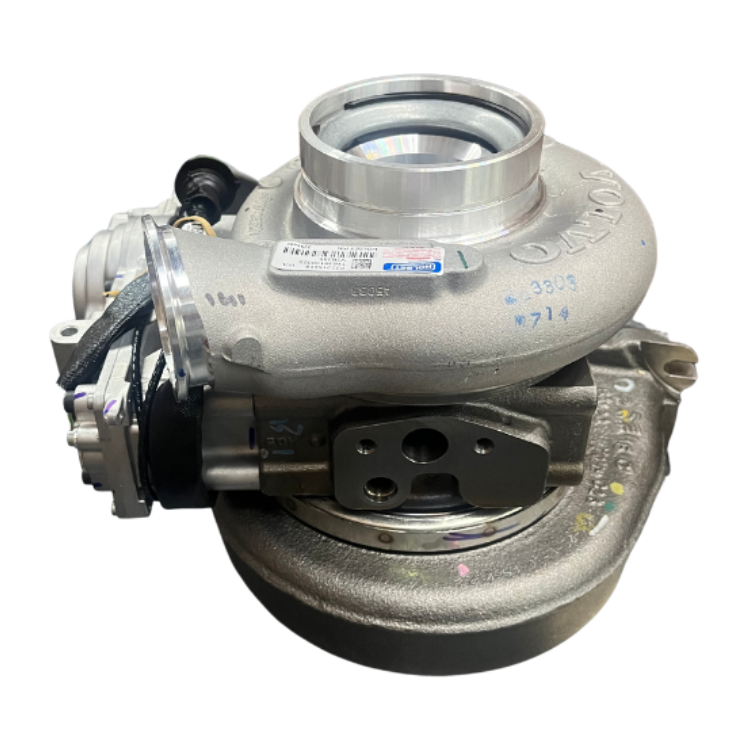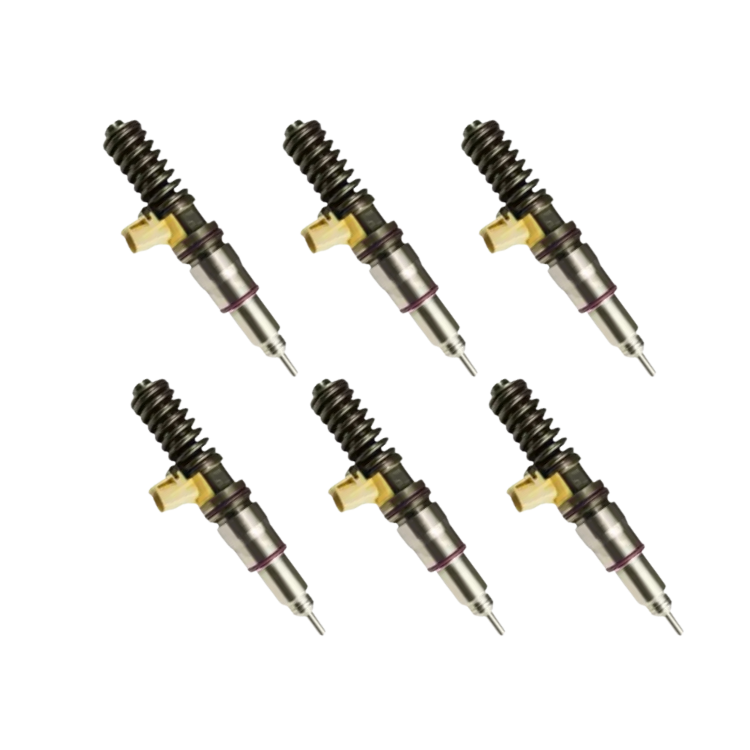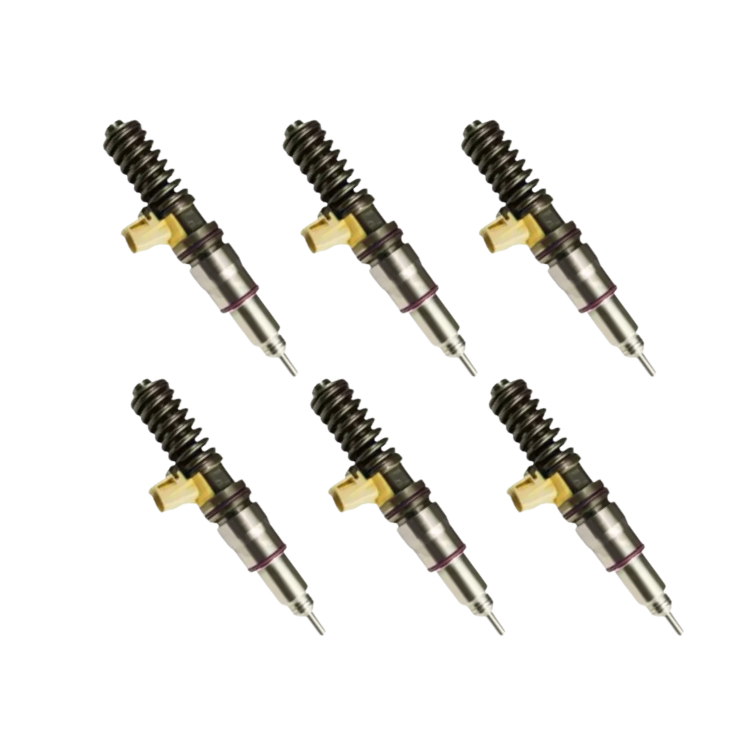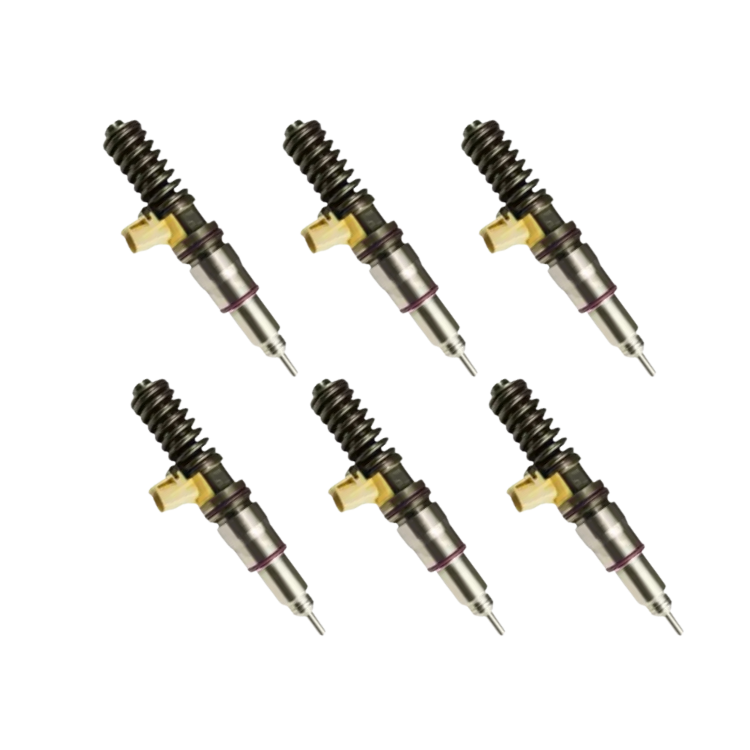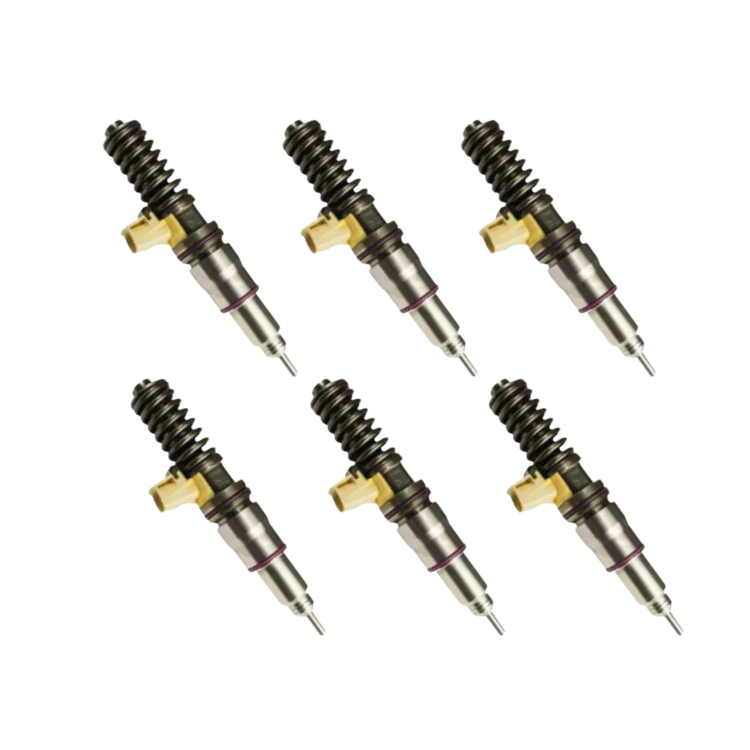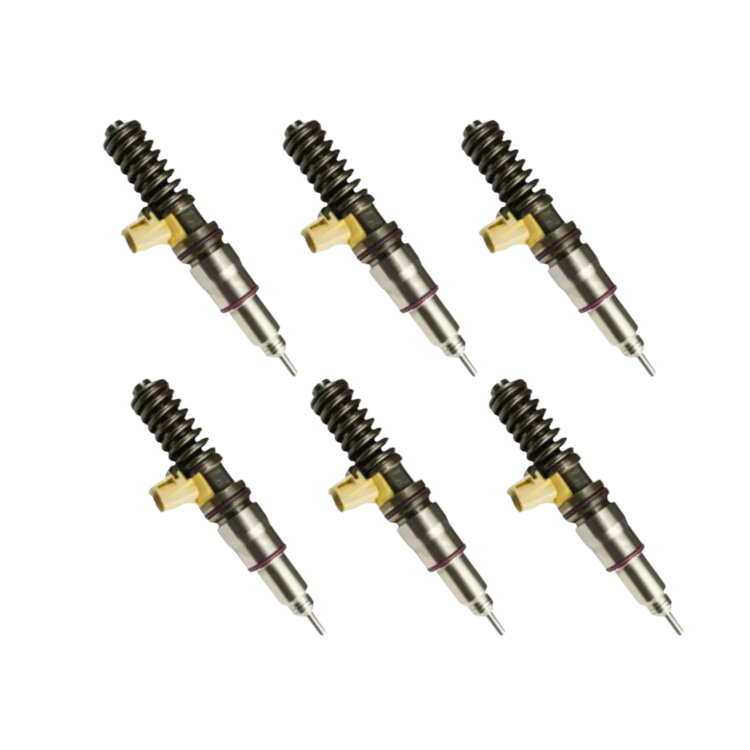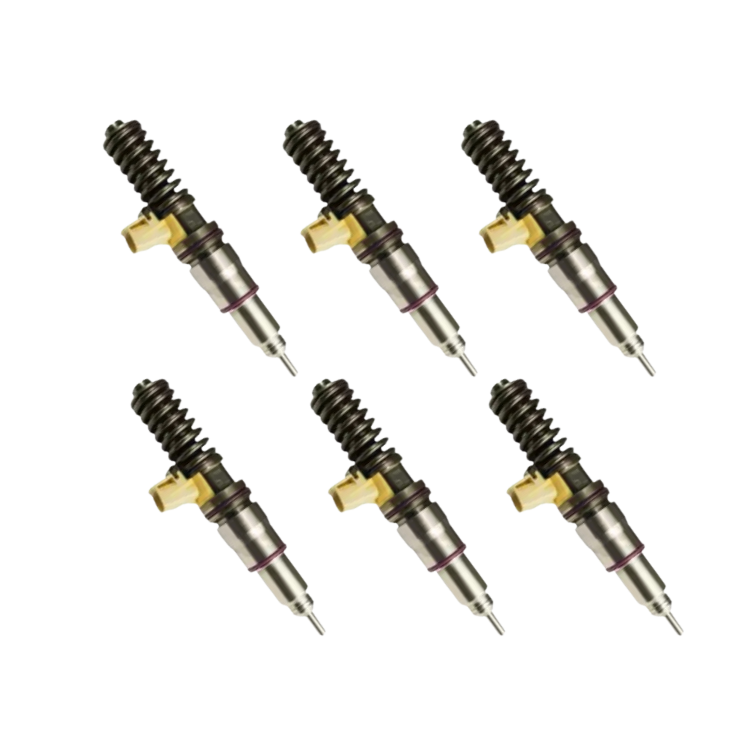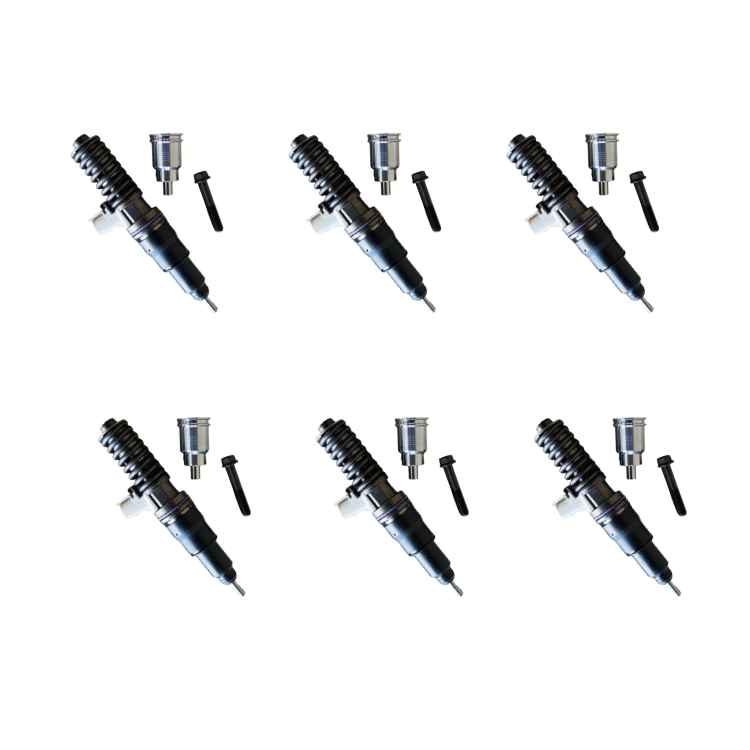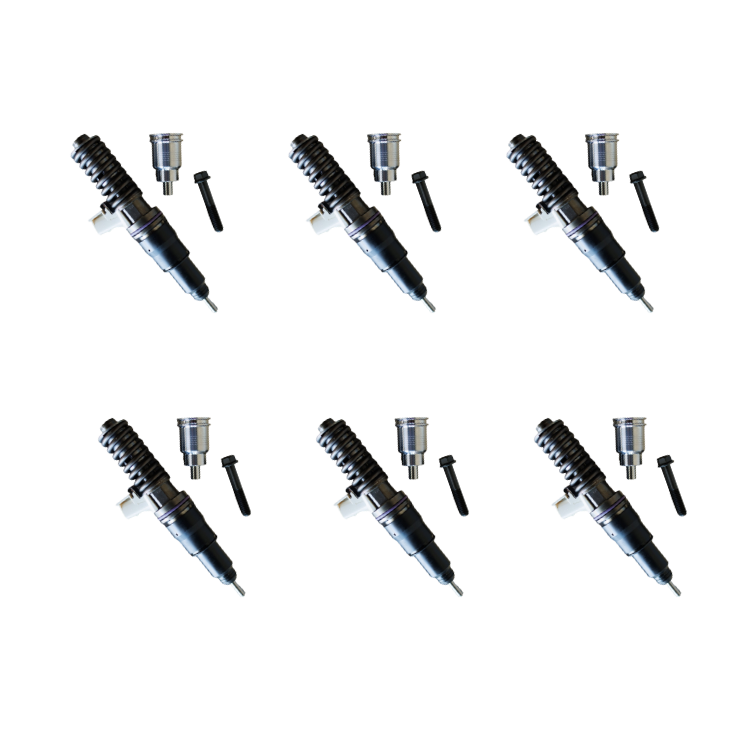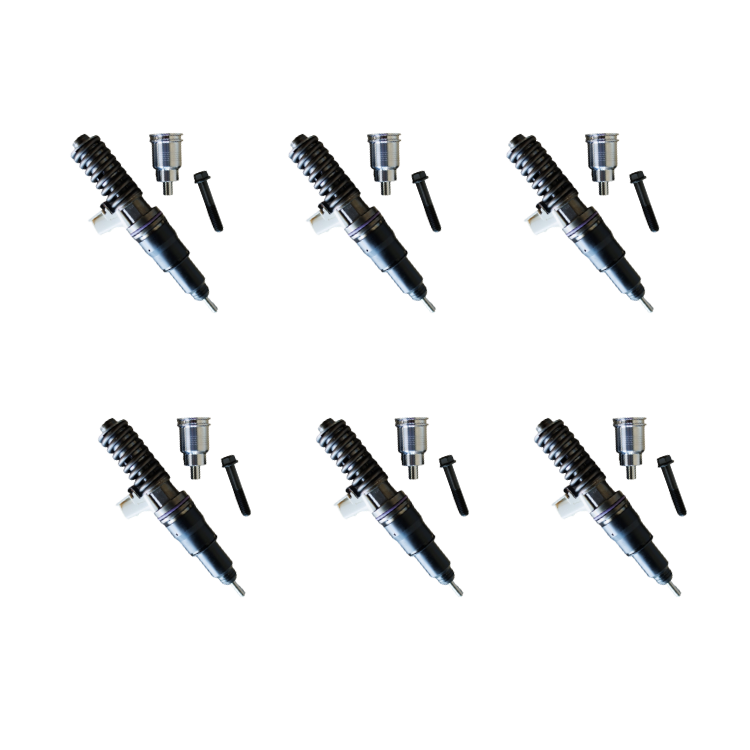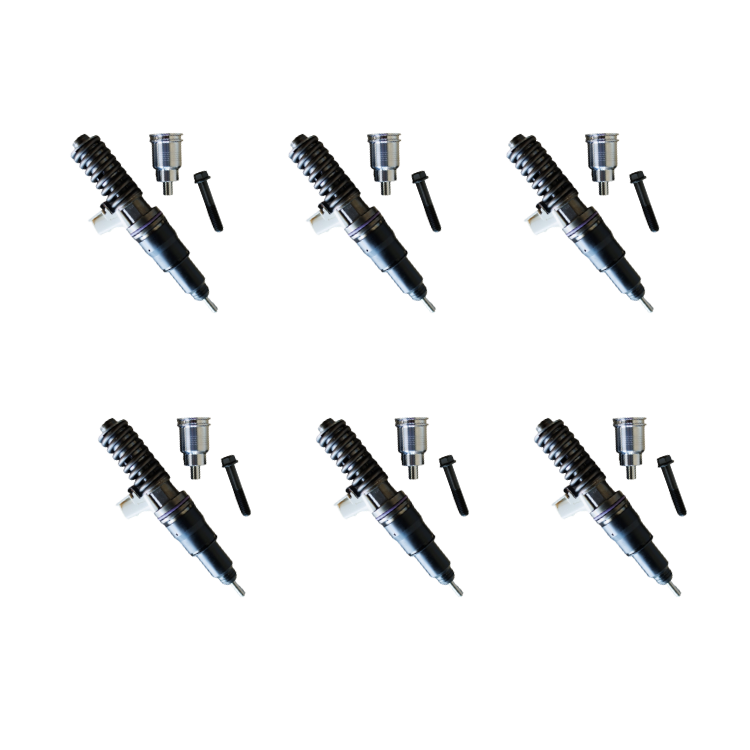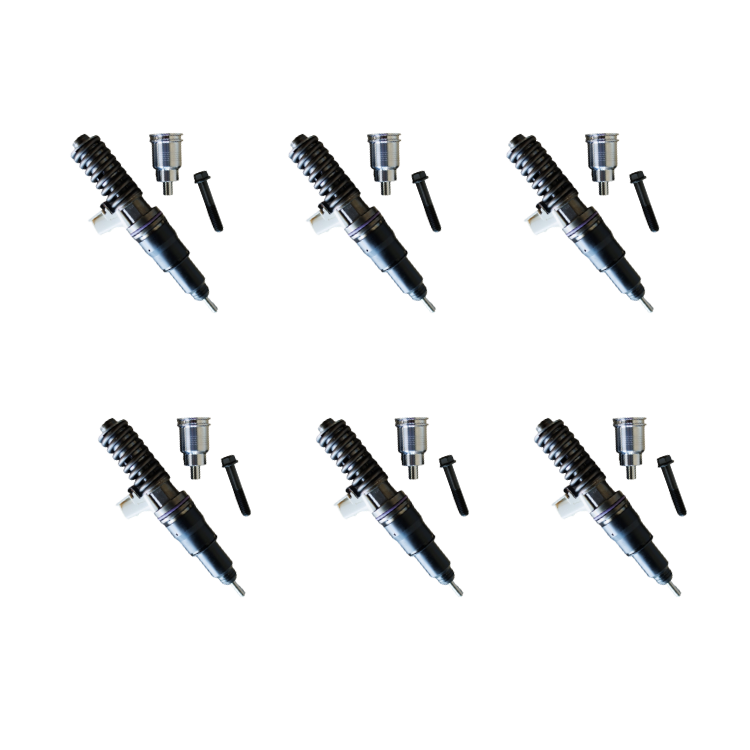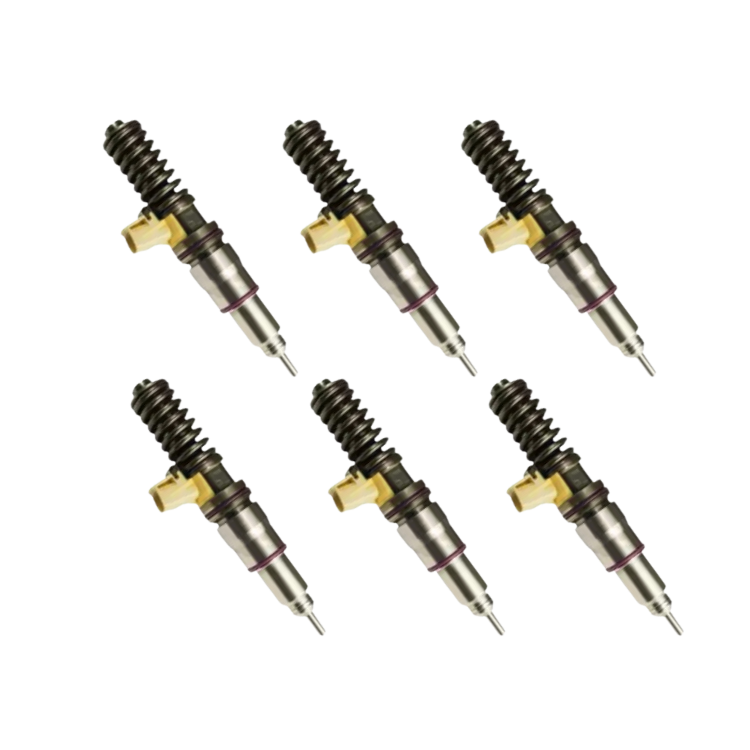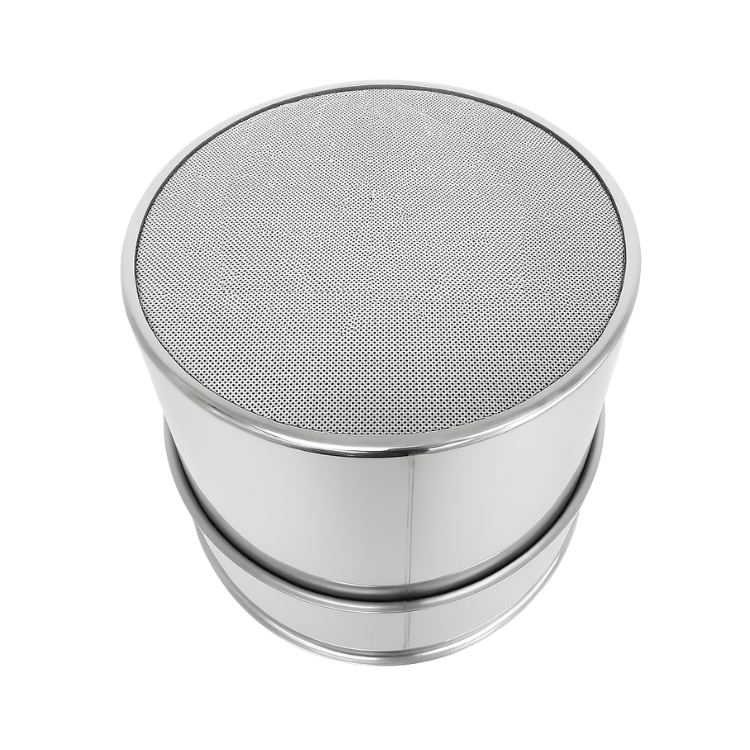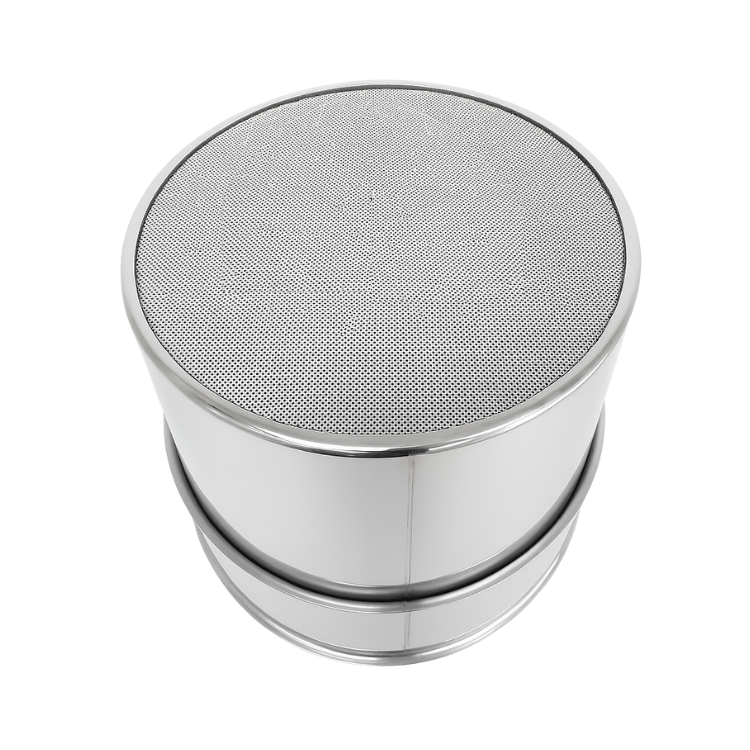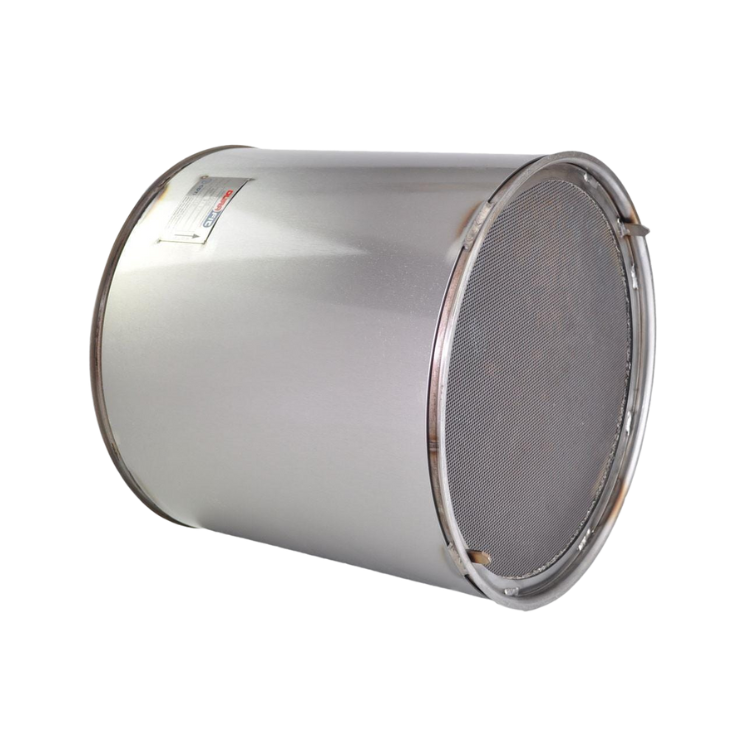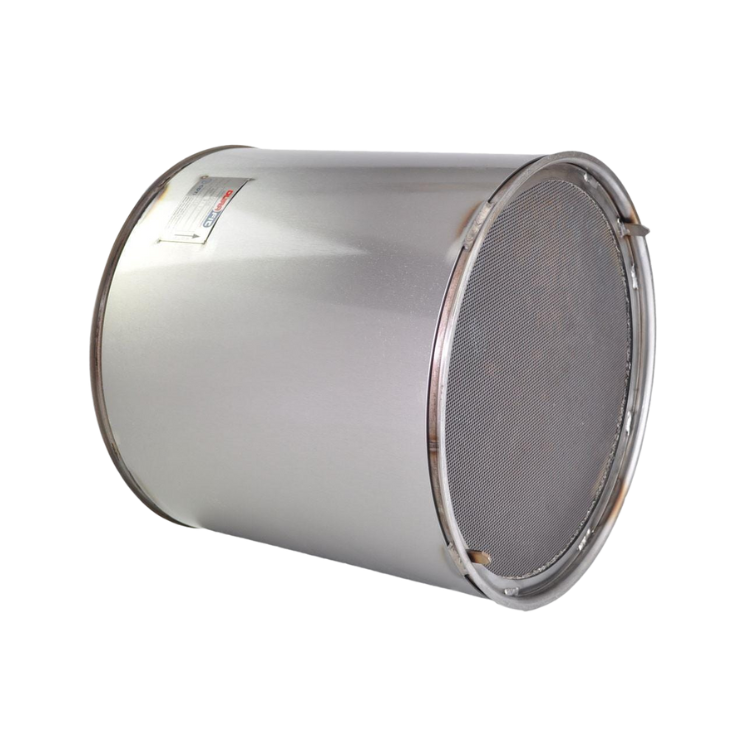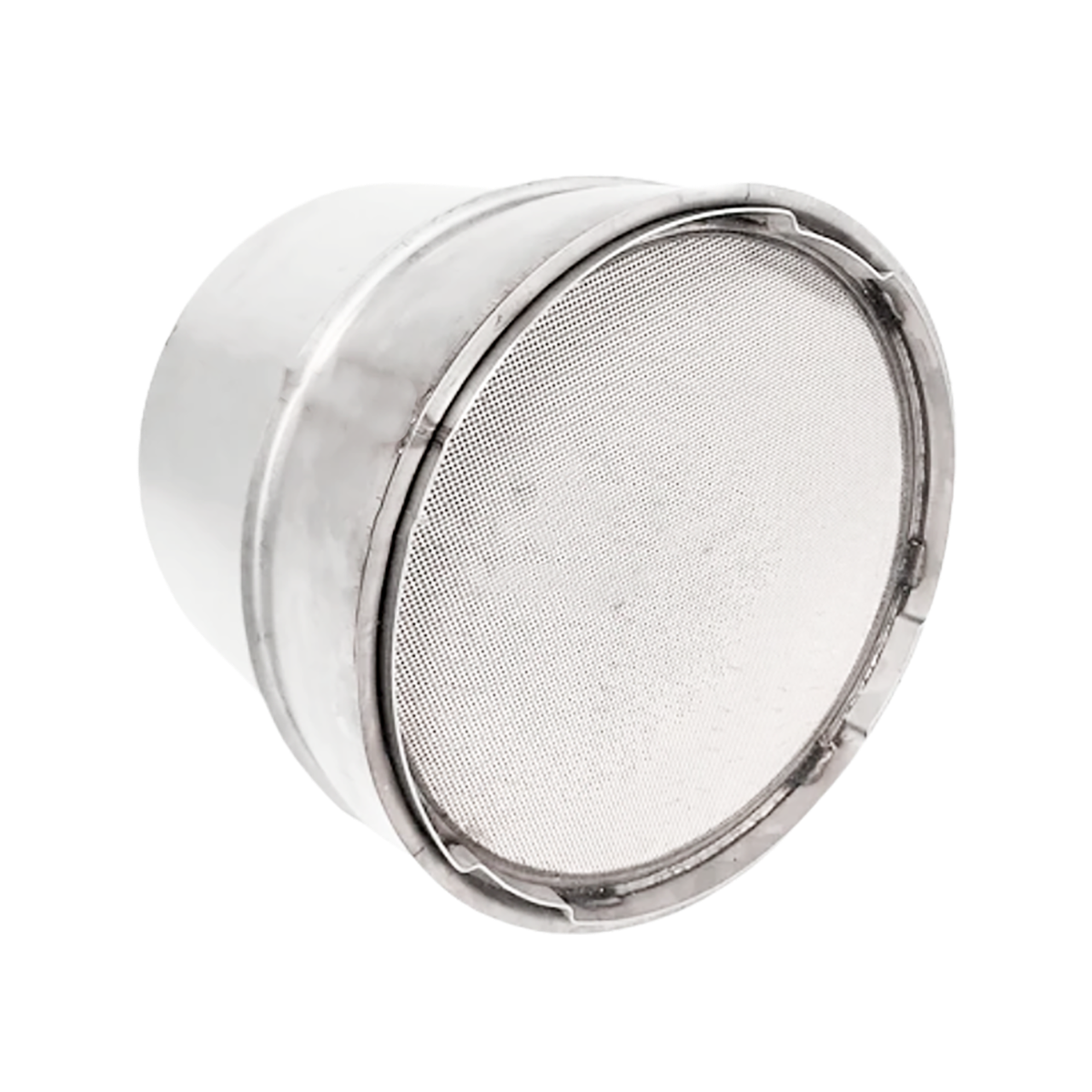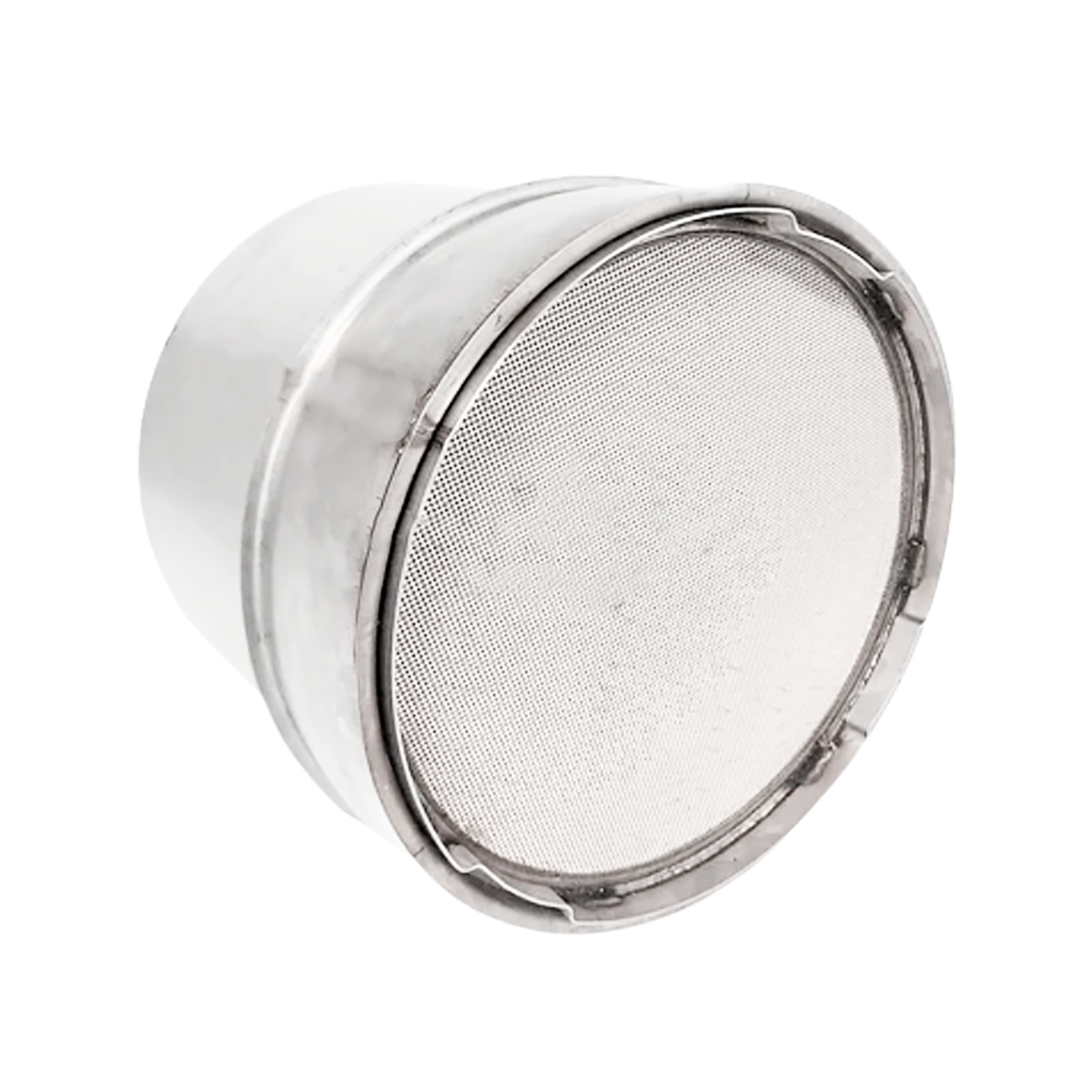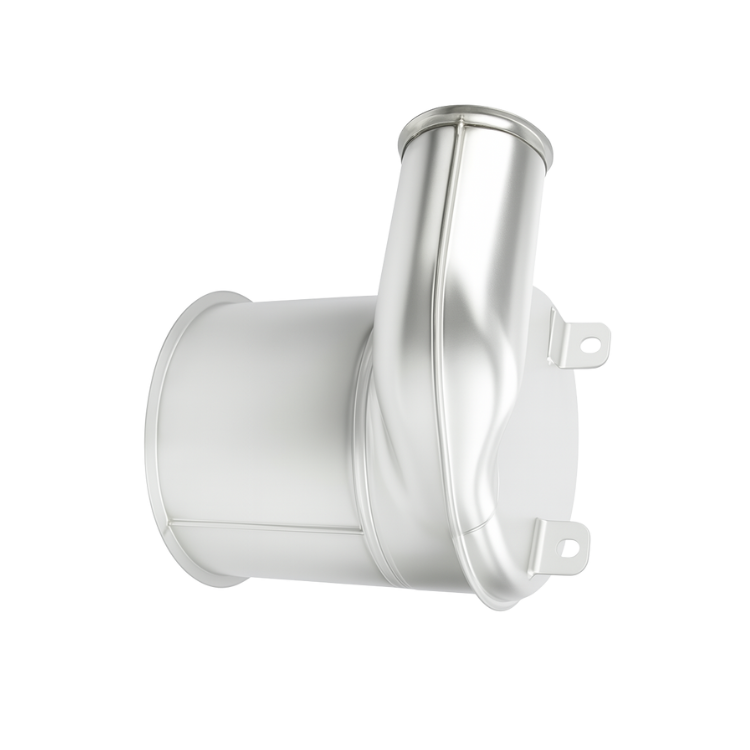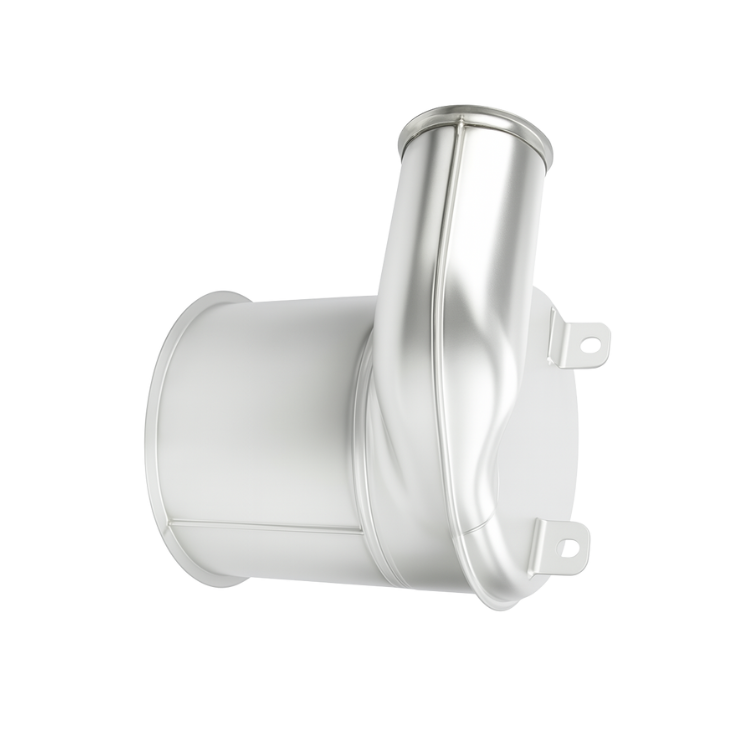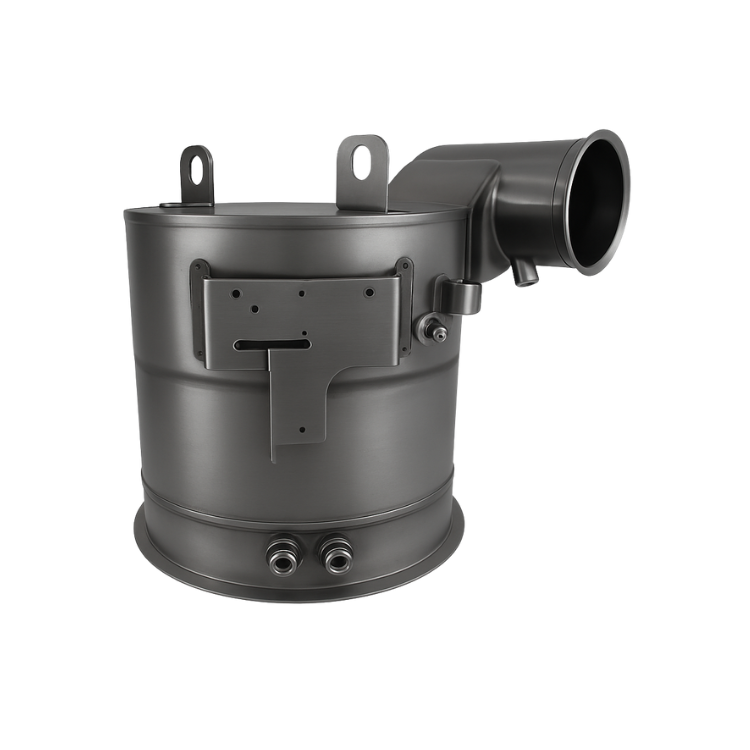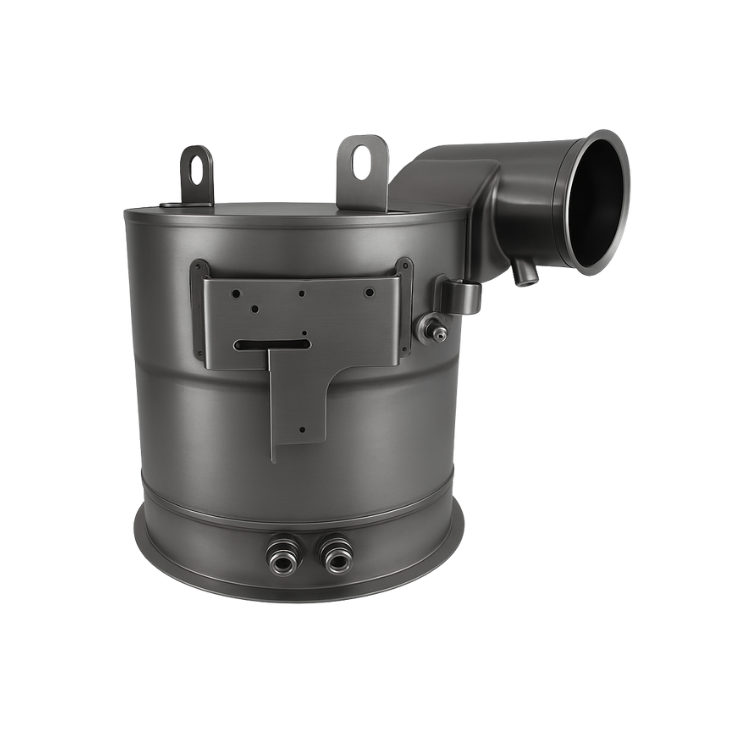An oil separator is designed to remove oil from the crankcase ventilation system before it’s reintroduced into the intake. This prevents oil from contaminating the intake air and keeps the engine running cleanly. When an oil separator begins to fail, it can lead to performance problems, increased emissions, and even long-term engine damage if left unaddressed.
Common Signs of Oil Separator Failure
-
Excessive Oil Consumption
One of the first signs of a failing oil separator is unusually high oil usage. If the separator is no longer capturing and returning oil to the crankcase, more oil may burn in the combustion chamber. -
Blue Smoke from the Exhaust
Oil bypassing the separator can enter the intake and get burned in the cylinders, producing bluish smoke from the exhaust—especially noticeable during acceleration or high RPMs. -
Oil Leaks or Drips
A malfunctioning oil separator may cause oil to back up or leak around engine seals or hoses. These leaks often appear around the valve cover or intake manifold. -
Poor Engine Performance
Oil contamination in the intake system can lead to carbon buildup on valves and sensors, resulting in rough idling, misfires, or reduced throttle response. -
Check Engine Light (CEL)
A clogged or faulty oil separator can affect the air-fuel ratio or create vacuum leaks, triggering a diagnostic trouble code and illuminating the check engine light. -
Whistling or Hissing Noises
A damaged diaphragm in the separator can cause abnormal noises as it fails to regulate crankcase pressure properly.
A failing oil separator can lead to increased emissions, decreased fuel efficiency, and potential damage to internal engine components if not addressed promptly. If you notice any of these symptoms—especially blue smoke or rising oil consumption—it’s wise to inspect or replace the separator. Regular maintenance and timely diagnostics will help ensure your engine remains clean and efficient.






